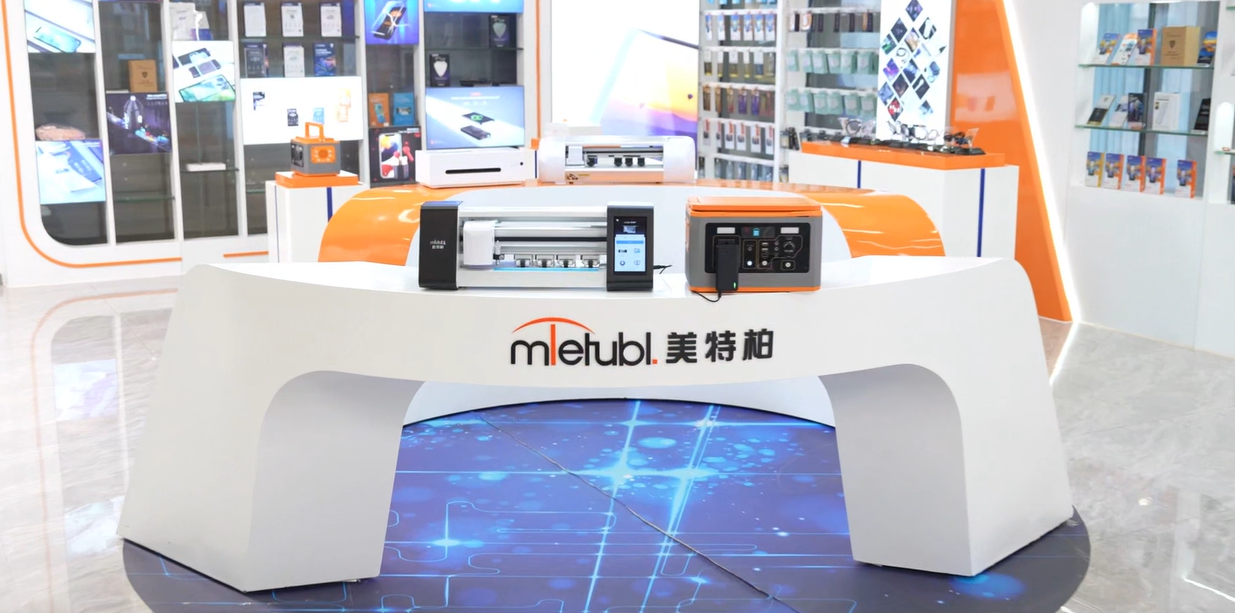
MIETUBL Brand Overview
MIETUBL is a brand originating from China and thriving through China’s intelligent manufacturing. It is committed to providing high-quality mobile accessories and related products to global consumers. Since its inception in 1998, the brand has followed the trends of the times, focusing on resource integration and building a symbiotic and shared industry ecosystem, enabling global consumers to conveniently access quality products that enhance their lives.
By continuously innovating and diversifying its product offerings, MIETUBL has achieved significant success in the mobile accessory industry. As a brand driven by customer value and innovation, MIETUBL has expanded into various product applications while accumulating rich industry experience and establishing a stable customer base. Headquartered in Zengcheng, Guangzhou, the company has strategically positioned itself within the mobile accessory industry, integrating high-quality production resources and aiming for a win-win business model.
Core Values and Development Vision:
-
Customer-Centric: MIETUBL always prioritizes customer needs, continually enhancing product quality and consumer experience through innovation and technological research and development.
-
Resource Integration and Industry Symbiosis: By integrating industry resources, MIETUBL creates a symbiotic, shared industry ecosystem, connecting global distributors and consumers, and promoting mutual growth across the value chain.
-
Global Vision: MIETUBL is committed to bringing Chinese manufacturing to the world, providing global consumers with high-quality, innovative mobile accessories, while offering profitable opportunities for distributors.
MIETUBL’s long-term vision is to continually enhance its products through innovation and quality, establishing “MIETUBL” as a globally trusted brand, recognized in markets around the world.
PRODUCTS
Which Screen Protector Material is Right for You?
Tempered Glass Screen Protectors
Tempered glass screen protectors are a widely popular choice, and for good reason. They offer exceptional scratch resistance, effectively protecting your screen from everyday bumps and scrapes. The manufacturing process involves heating and then rapidly cooling the glass, creating a significantly stronger and more durable material than regular glass. This results in a screen protector that can withstand considerable impact, reducing the risk of cracks and shattering.
However, tempered glass isn't without its drawbacks. It's generally thicker than other types of screen protectors, which can sometimes affect the responsiveness of the touchscreen or the overall feel of the device. Additionally, while durable, tempered glass can still shatter under extreme pressure. The shattering, although less likely than with regular glass, can leave sharp fragments, so careful removal is crucial in case of breakage. Finally, the thicker profile can interfere with the functionality of some case designs, particularly those that offer a snug fit.
PET (Polyethylene Terephthalate) Film Screen Protectors
PET film screen protectors are a lighter, more flexible alternative to tempered glass. Their flexibility allows for easy application and removal, minimizing the risk of bubbles and making them a popular choice for DIY screen protection. They're also generally less expensive than tempered glass protectors.
The trade-off for this flexibility and affordability is a reduced level of scratch resistance compared to tempered glass. PET film offers decent protection against minor scratches and smudges, but it's more susceptible to damage from sharp objects or significant impacts. Furthermore, PET films tend to be less clear and may exhibit a slight haze, potentially affecting the screen's clarity. While they offer a less bulky alternative to tempered glass and are easily replaceable, longevity is generally less compared to tempered glass options.
TPU (Thermoplastic Polyurethane) Film Screen Protectors
TPU film screen protectors occupy a middle ground between PET and tempered glass. They offer better scratch and impact resistance than PET films, but not to the same extent as tempered glass. TPU's flexibility allows for a more forgiving application process and provides a slightly softer feel compared to the rigid tempered glass. This flexibility also often leads to better compatibility with curved screens which are increasingly prevalent on modern smartphones.
However, TPU can be more prone to collecting fingerprints and smudges compared to tempered glass. Cleaning is therefore more frequent and important to maintain clear screen visibility. Moreover, although more resistant than PET film, TPU may still be susceptible to deep scratches from sharp objects, and the self-healing properties often cited are limited and mainly effective for minor surface abrasions.
Choosing the Right Protector for You
The best screen protector material depends on your individual needs and priorities. If maximum scratch and impact protection is your top priority, tempered glass is the clear winner. If you prioritize affordability and ease of application, PET film may be a suitable choice. For a balance between protection, flexibility, and cost, TPU film could be the best option. Consider the level of protection you need, your budget, and the ease of application you desire when making your decision. Remember to also read reviews of specific products within each material category, as quality and performance can vary significantly between brands.
Ultimately, investing in a screen protector is a wise decision to protect your device's screen. By understanding the pros and cons of different materials, you can make an informed choice that aligns with your individual needs and ensures optimal protection for your valuable smartphone or tablet.
SUBSCRIBE
INQUIRY